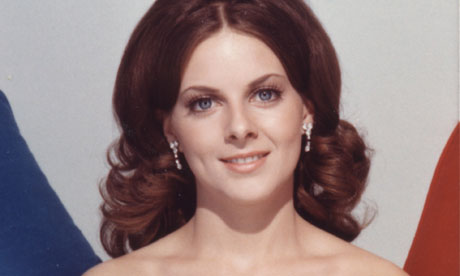David Smith
January 25, 2013.
Artists spent a month in South Africa taking pictures on decades-old film engineered with only white faces in mind

Can the camera be racist? The question is explored in an exhibition that reflects on how Polaroid built an efficient tool for South Africa's apartheid regime to photograph and police black people.
The London-based artists Adam Broomberg and Oliver Chanarin spent a month in South Africa taking pictures on decades-old film that had been engineered with only white faces in mind. They used Polaroid's vintage ID-2 camera, which had a "boost" button to increase the flash – enabling it to be used to photograph black people for the notorious passbooks, or "dompas", that allowed the state to control their movements.
The result was raw snaps of some of the country's most beautiful flora and fauna from regions such as the Garden Route and the Karoo, an attempt by the artists to subvert what they say was the camera's original, sinister intent.
Broomberg and Chanarin say their work, on show at Johannesburg's Goodman Gallery, examines "the radical notion that prejudice might be inherent in the medium of photography itself". They argue that early colour film was predicated on white skin: in 1977, when Jean-Luc Godard was invited on an assignment to Mozambique, he refused to use Kodak film on the grounds that the stock was inherently "racist".
The light range was so narrow, Broomberg said, that "if you exposed film for a white kid, the black kid sitting next to him would be rendered invisible except for the whites of his eyes and teeth". It was only when Kodak's two biggest clients – the confectionary and furniture industries – complained that dark chocolate and dark furniture were losing out that it came up with a solution.
Read the rest here.
*****
Comment: Interesting article that makes me wonder about film too. It is often hard to see black faces on film too - particularly when used in news coverage where filming includes interviews of an array of skin tones.
This is true even in the day when black faces appeared 'washed out' whereas lighter skin tones do not.
Maybe I just have a really crappy TV. Dunno. But I have noticed the same on much better TVs too.
Nonetheless, I have never till reading this article even thought about the question of racism and photo technology as discussed above.
You live and learn.
Onward!
No comments:
Post a Comment